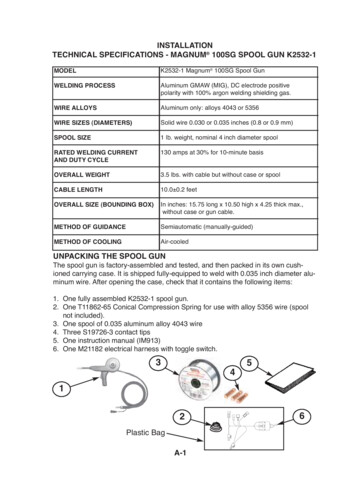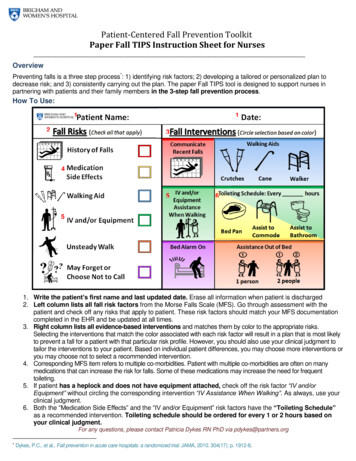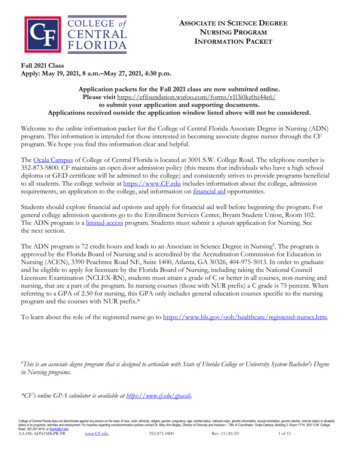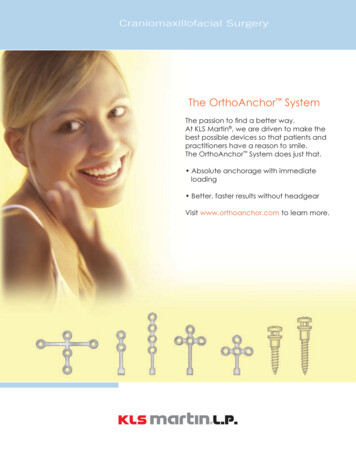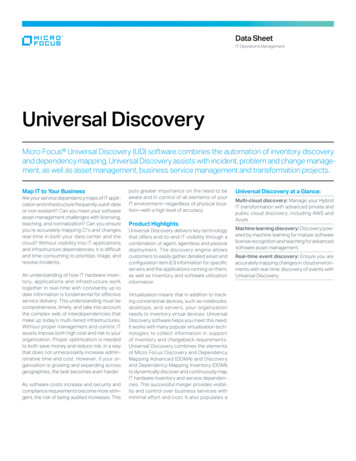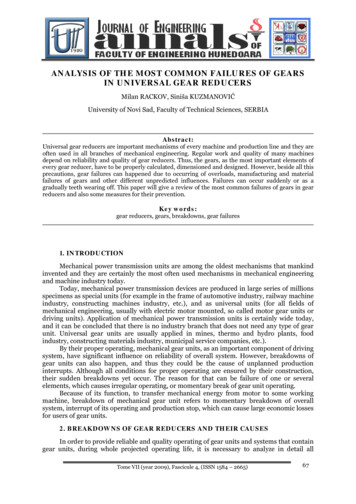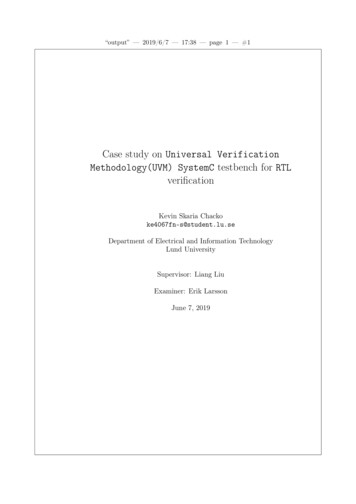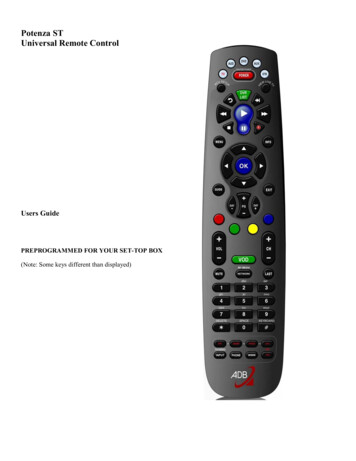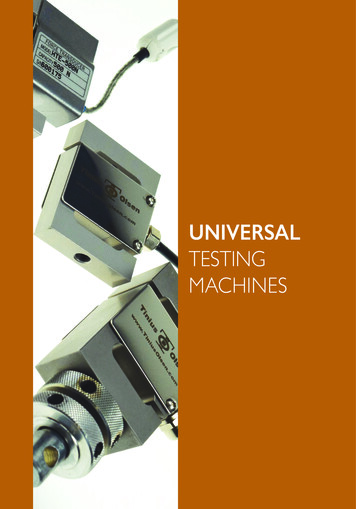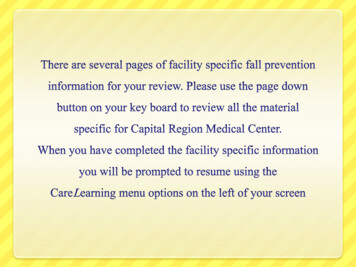
Transcription
Universal FALL Precautions Familiarize the patient to the environmentTeach patient how to obtain help (call light within reach)Keep the patient’s personal possessions within reachEncourage patient to use handrails in bathrooms, rooms, hallwaysKeep equipment (beds, carts, chairs) in low position with brakes lockedProvide non-slip, well-fitting footwear (shoes from home are typically best)Utilize night lights or supplemental lightingKeep floor surfaces clean and dry; wipe spills up promptlyKeep patient care area uncluttered
FALL defined A sudden, uncontrolled, unintentional, downward displacement of the bodyto the ground or other object, excluding falls resulting from violent blowsor other purposeful actions. A prevented fall is a sudden loss of balance that does not result in a fallor other injury due to patient regaining balance or assistance from anotherperson. This can include a person who slips, stumbles or trips but is ableto regain control prior to falling.
Complete an event notification for any fall or prevented fallthat occurs on Capital Region Medical Center’s property.Select the most appropriate type of fall:1.2.3.4.Environmental/accidental fallAnticipated physiologic fallUnanticipated physiologic fallFall Risk not assessed (used for staff, visitor, or clinicpatient falls when person was not assessed for a fall riskprior to fall)
Environmental/accidental fallevent notification Caused by things in the environment such as ice, wet spots,grease, polished floors, loose carpeting, and uneven walkingsurfaces. Please report any potential hazard to prevent falls. Use and encourage the use of handrails whenever on steps.
Anticipated physiologic fallevent notification Patient is identified by a fall risk assessment to be at a high risk for a falldue to a medical condition or diagnosis including, but not limited to,confusion, dizziness, weakness, limited mobility especially if unable torise from a seated to a standing position in a single smooth motion withoutuse of hands. 78% of all patient hospital falls are due to this category. Staff realizespatient is at a high risk for falls and takes measures to try and prevent it.
Prevent FALLS in hospitals All employees whether a direct care provider or not, are to respond toalarms in the hospital. Nurses will activate alarms (bed/chair) for thosepatients that might try to get up by themselves who are at risk for falls. What should you do if you come across a patient alone with the bedalarm sounding and the patient out of bed? Stay withthe patient or try to get him/her back in bed or to sitin a chair. GET THE NURSE IMMEDIATELY
Yellow armband and/or yellow slippers Signify that a Capital Region Medical Center’s hospitalized patienthas been classified as having both a high risk of falling and having ahigh risk of injury if he/she falls. This person should not be upwalking alone. What should you do if you come across a patient alone with yellowslippers on or a yellow armband out of bed? Walk with him/her backto their room and flag down a nurse
Unanticipated physiologic fallevent notification This person falls due to a physical reason that was not detectable.It is a result of a sudden change such as a heart attack or stroke. Whenever you find an unresponsive person activate emergencymedical services and be prepared to begin CPR if trained.
Thank you for reviewing your facility specific information.You may now resume using the CareLearning menuon the left of your screen.
Universal FALL Precautions Familiarize the patient to the environment Teach patient how to obtain help (call light within reach) Keep the patient’s personal possessions within reach Encourage patient to use handrails in bathrooms, rooms, hallways Keep equipment File Size: 996KBPage Count: 10
